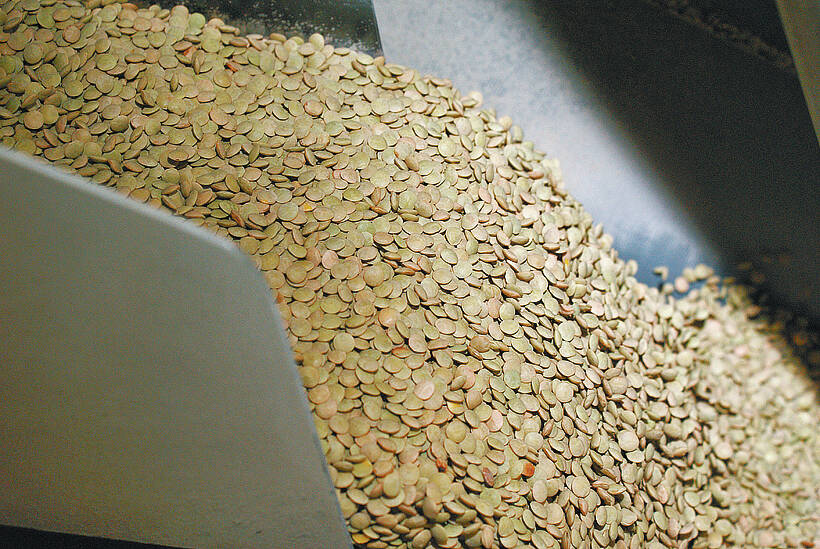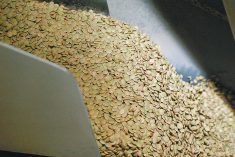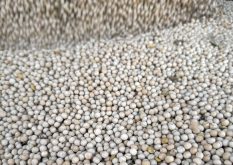CHICAGO, Ill. (Reuters) — China is lowering the amount of foreign material it will accept in U.S. soybean shipments to one percent from two, creating an issue for American exporters.
Half of U.S. soybeans exported to China in 2017 would not have met the new rules, according to shipping data reviewed by Reuters, signalling new hurdles in the $14 billion a year business.
China’s desire to lower the dockage standard to one percent on Canadian canola became a major issue in 2016. The issue was related to China’s concern about potentially importing t blackleg.
Read Also

Green lentil market oversupplied
Farmers in Western Canada can expect price pressure on their new crop of green lentils, as the available supplies among the world’s major lentil-growing nations increase significantly.
The two countries resolved the dispute with an agreement to study over the next two years the risk that dockage may pose.
As for U.S. soybeans, the tighter quality rules, which take effect Jan. 1, could require cleaning at Chinese ports to remove impurities such as weed seeds and soil. Reducing dockage to one percent or less could raise U.S. exporters’ costs by 15 cents per bushel, an ED&F Man Capital Markets analyst said.
“It’s going to raise the costs of sending the soybeans to China,” said Richard Wilkins, a Delaware farmer and former chair of the American Soybean Association.
Growers often get a higher price for selling soybeans with one percent or less foreign material, known as No. 1 grade.
Wilkins said the change would deliver higher-grade soybeans to Chinese buyers without requiring a premium price.














